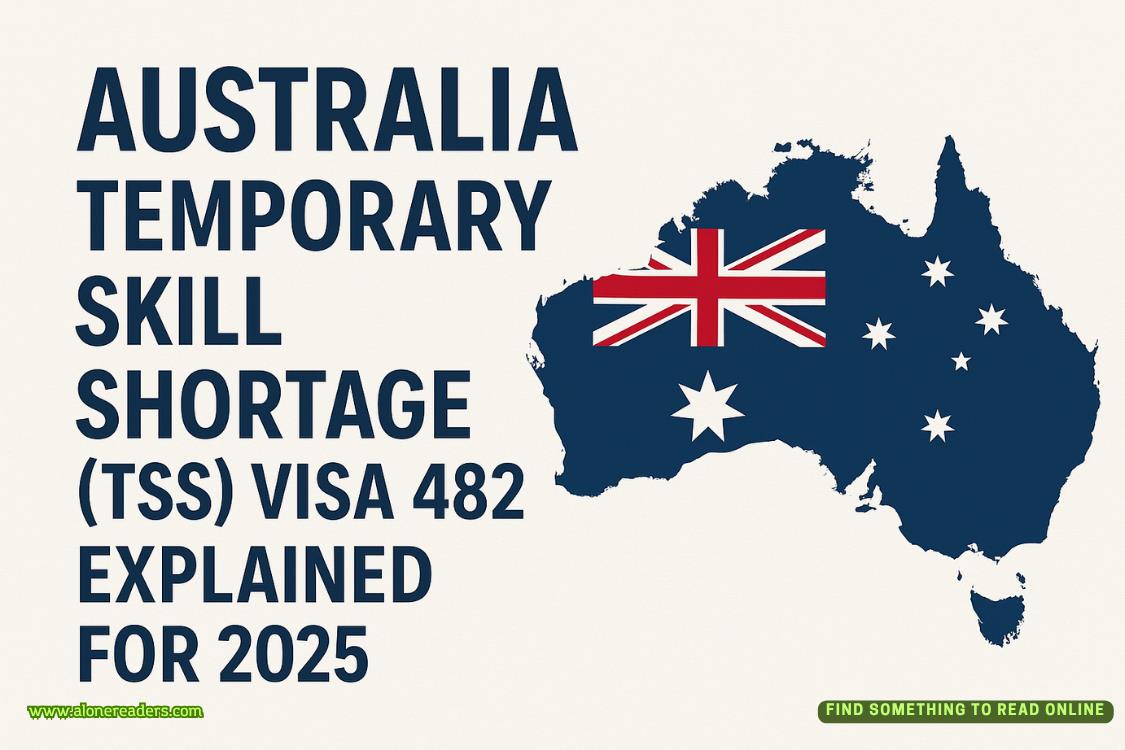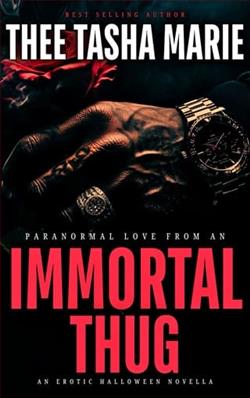Page 1 of High Hopes
1
BIRDIE
I’m notsure how long I’ve been at this. Long enough for my back to ache and my hands to be coated in clay but not long enough to get this vase right. It’s always the neck. That’s where things go sideways. Too thin, too uneven, too ... something. There’s probably some deep metaphor about life imitating art in there, but I’m too tired to think about it.
The ceramics studio is my sanctuary, especially this late at night. The university shuts down most of the campus by ten, but the lower floors of the arts building? They’re a secret treasure.
After-hours access is one of the rare perks of being a 3D4M major—short for Three-Dimensional Forum, which focuses on ceramics, glass, and sculpture. It’s a niche and hands-on field of study, housed within a building that hasn’t seen a renovation in decades—a relic of an era when the arts received even less funding, patched up just enough to keep the wheels turning.
But it’s also full of charm, with its creaky floors and mismatched shelves. And it’s mine. Ours, really. I’m sure it feels like home to every artist who spends enough late nights here.
Every shelf is stacked with half-finished pieces, each one a small test of patience, waiting for someone to decide whether they’re worth saving or scrapping. Every tool, every lump of clay,every dusty corner holds the marks of people who’ve tried—and sometimes failed—to make something meaningful.
That’s the thing about pottery. You don’t get to rush it. The clay knows when you’re pushing too hard. It knows when you’re not giving it the care and patience it demands. Outside of this room—outside of this craft that feels like both my sanctuary and my life’s purpose—you can’t always tell when things are about to crack until it’s too late.
I lean closer to the wheel now, squinting at the wobble forming at the top of the vase. Damn it. My fingers are slipping. One wrong move and this whole thing collapses. I can’t afford to start over—literally.
I need this for the donor event in two weeks. A whole room of rich alumni peering over their glasses, deciding if my art is worth their time, their money. It’s a sort of pressure that feels heavy and constant, like a weight pressing into my chest every time I think about it.
I wipe my forehead with the back of my wrist, smearing a streak of clay across my skin. Typical. I could take a break, but I don’t trust myself to stop once I’m in this zone. The silence is perfect—no chatter, no noise. Just me and the wheel.
I like the way the world fades out when I’m working. It’s a different kind of rhythm, one that makes sense even when nothing else does.
“C’mon, Birdie,” I mutter to myself. “Don’t blow this.”
I know talking out loud to myself is strange, but the habit keeps me focused. Keeps me from staying inside my head too much and spiraling into the self-doubt that always seems to hover just out of reach.
My former friends used to say I take things too seriously, especially when it comes to my art. Maybe they were right, though they never seemed to take much seriously at all—least ofall me. But when I’m here, working with my hands, it feels like the only time everything makes sense.
It’s not about being quirky or cute or some sort of tortured artist—it’s about getting it right. And sometimes, getting it right takes more focus than people think.
I’ve got a plan. An actual, real-life plan that includes a paid fellowship and gallery showing. A stepping stone on my way to building a name for myself in the art world. That’s the goal, anyway. Not that anyone really expects an art major from Dayton University to hit it big.
Then again, nobody expected I’d still be here at all. I sure didn’t.
I press my fingers into the clay, feeling it yield beneath my touch. The tension in my chest eases a little. This is something I can control, something I can shape into what I want it to be.
I push the hair out of my face with the back of my wrist and focus back on the wheel. The steady hum of the motor and the glide of the clay under my hands is almost meditative, pulling me into the rhythm of it. But just when I’m settling in again, a loud crash shatters the silence.
My hands jerk off the vase, and it wobbles dangerously before I stop the wheel with my foot. I freeze, every muscle tensing.
The sound came from somewhere close. Too close. My heart pounds as the distinct thud of footsteps approaches, followed by the creak of a door opening.
I glance around the studio, searching for something to defend myself with in case this is the start of some late-night horror movie. A paintbrush? A wire tool? Fantastic. I could maybe poke someone to death with the tiny carving needle.
There’s another heavy footstep, then a pause. Whoever it is, they’re getting closer.
Then, the door swings open, and a guy steps into the studio. He’s tall—tall enough to make the space feel smaller—with messy blond hair that looks like it’s been tousled by the wind or a lazy hand running through it.
He’s wearing soccer gear—an athletic jacket zipped halfway, clinging to broad shoulders, and shorts that show off thick, muscular thighs. His presence fills the room, magnetic and confident, like he knows exactly how striking he is and doesn’t have to try.
Not exactly the murderous intruder I was expecting.
I blink, trying to calm myself. “Uh, can I help you?”
His mouth quirks into a slight, lopsided grin, and it’s unfairly perfect—one of those grins that probably gets people to say yes to anything. “Oh—sorry,” he says, holding up his hands as if to prove he’s harmless. “Didn’t mean to freak you out.”
“Well, you did,” I mutter, still on edge. “Did you need something?”















